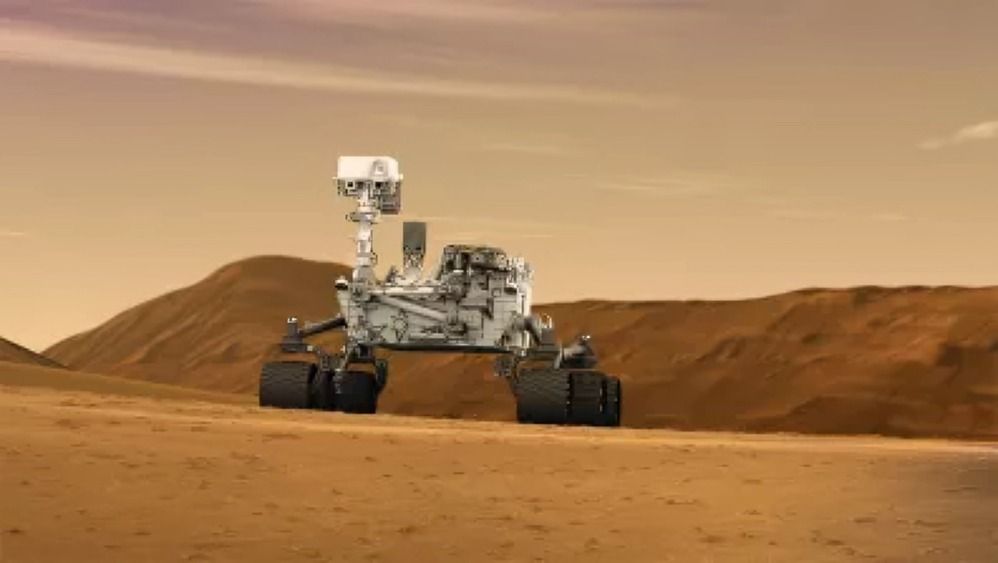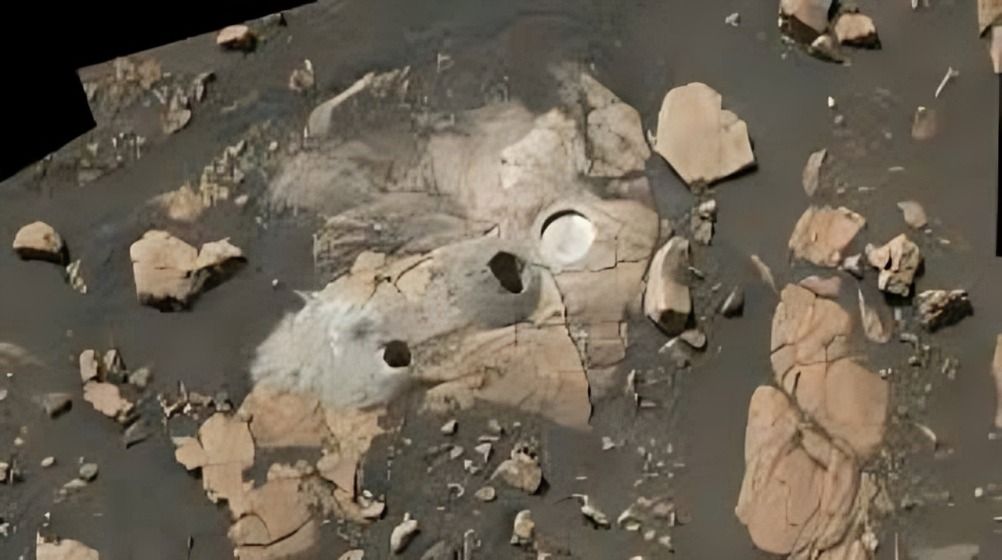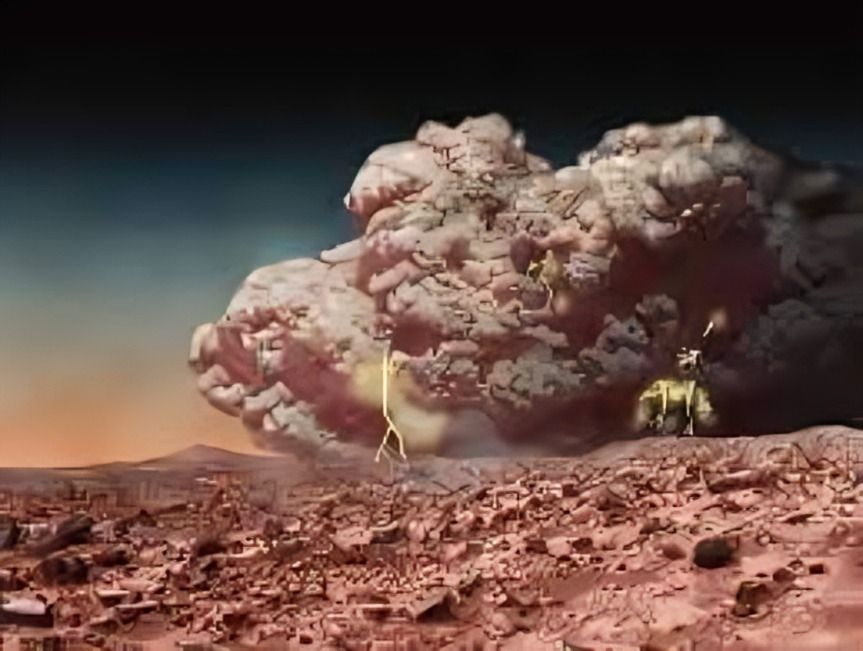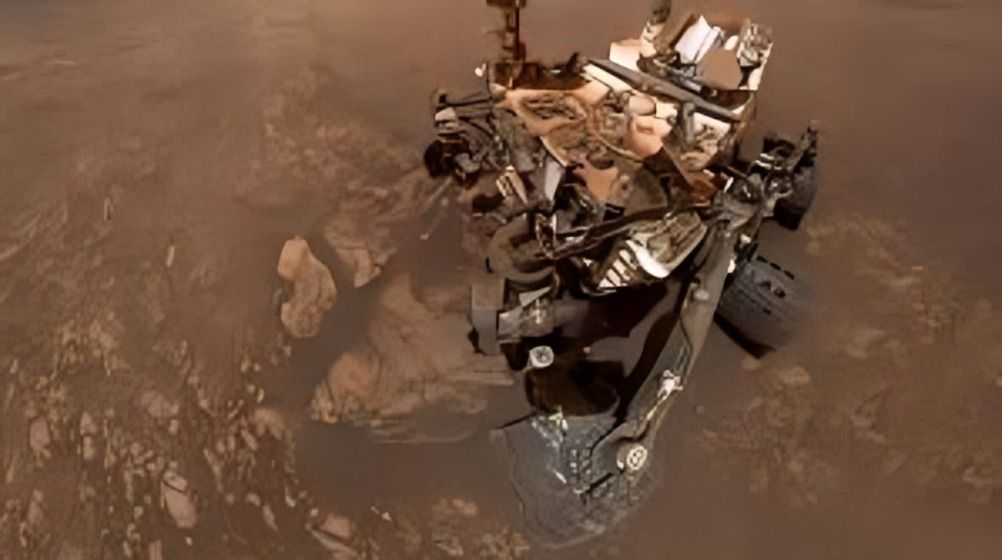
“
Mars Rover missions have been at the forefront of space exploration, providing incredible insights into the Red Planet's surface and its potential for life. Since the first rover landed on Mars, NASA's robotic explorers have been capturing stunning images and conducting groundbreaking experiments. These missions have expanded our understanding of Mars, laying the groundwork for future human exploration. In this article, we explore 20 curious facts about the Mars Rover missions, from their technological innovations to the astonishing discoveries that continue to shape our view of Mars and its mysteries.1
1
”
NASA’s Sojourner rover, part of the 1997 Pathfinder mission, was the first successful Mars rover, operating for 83 days and providing critical data on Mars’ surface composition. 1
The Spirit and Opportunity rovers, launched in 2003, were designed for 90-day missions but far exceeded expectations, with Opportunity exploring for nearly 15 years. 2
Opportunity discovered hematite “blueberries” on Mars, a mineral that forms in water, providing strong evidence that liquid water once existed on Mars. 3

The Curiosity rover, launched in 2011, carries a “ChemCam” that uses laser-induced breakdown spectroscopy to analyze rock composition from a distance.
Curiosity found evidence of ancient freshwater lakes, with clay deposits indicating Mars may have supported microbial life billions of years ago. 4
Mars rovers have detected methane in Mars’ atmosphere, a gas that on Earth often indicates biological activity, sparking debates about the possibility of Martian life. 5
Perseverance, launched in 2020, is the first rover to carry an oxygen generator, MOXIE, which converts Mars’ CO₂-rich atmosphere into breathable oxygen. 6

The Curiosity rover discovered organic molecules in Martian soil, indicating that Mars had the raw materials for life, though it’s not direct proof of past life.
Perseverance is the first rover tasked with collecting Martian rock samples for future return to Earth, aiming to provide more detailed studies of Mars’ geology and potential biosignatures. 7
The Mars rovers have traveled impressive distances; Opportunity covered over 45 kilometers (28 miles), setting the record for the longest rover drive on another planet. 8
Perseverance successfully deployed the Ingenuity helicopter, which became the first powered aircraft to fly on another planet, providing aerial views and data for navigation. 9

The Mars rovers have captured stunning images of Martian dust storms, which can engulf the entire planet and pose challenges to solar-powered equipment.
Opportunity captured the iconic image of “Endurance Crater,” showcasing layered rock formations that offer clues to Mars’ ancient watery environment. 10
Spirit found silica-rich soil deposits at “Home Plate,” suggesting Mars once had hot springs or fumaroles, which could have supported microbial life. 11
Perseverance’s SHERLOC instrument uses UV light to search for organic compounds in Martian rocks, aiming to identify any complex carbon-based molecules. 12

Rovers like Curiosity have detected seasonal variations in methane, an intriguing finding that could indicate biological or geological processes active on Mars.
Perseverance landed in Jezero Crater, a dried-up lakebed with an ancient river delta, an ideal location to search for evidence of past life. 13
Mars rovers use “autonomous navigation” to avoid obstacles, allowing them to choose safer paths, which has significantly extended their operational lifespans. 14
The Mars rovers carry weather stations, recording temperature, pressure, wind, and UV radiation, helping scientists understand Mars’ climate and its potential for future human exploration. 15
Perseverance’s rock abrasion tool allows scientists to see below the weathered surface of rocks, providing a clearer picture of Mars’ geological history. 16


